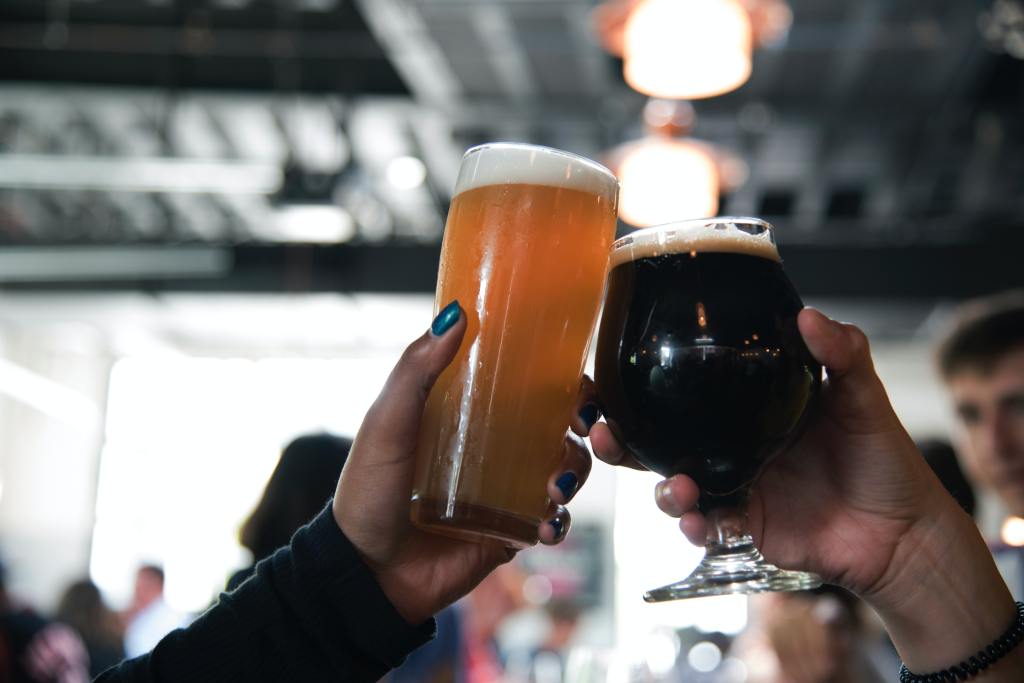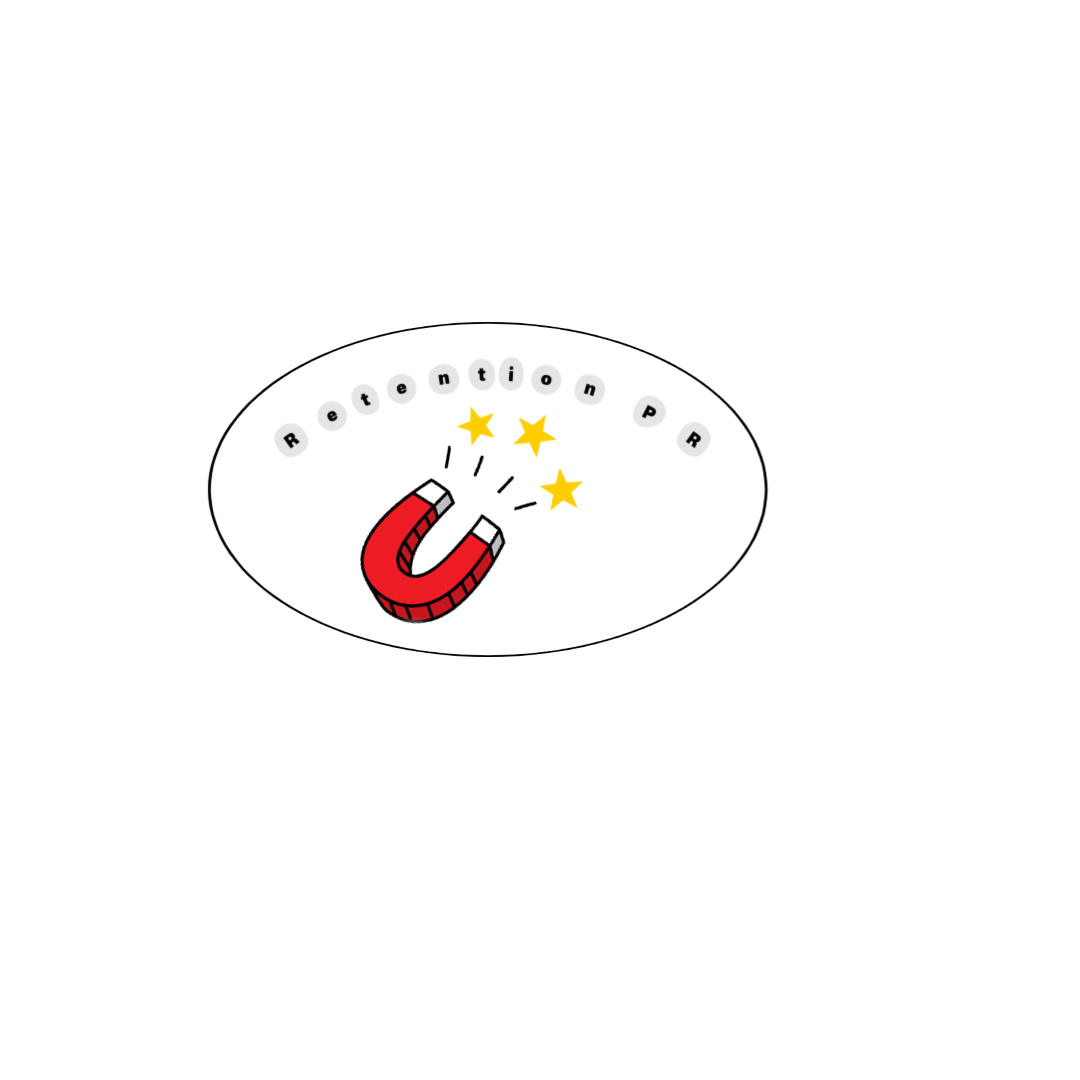Craft brewers can promote an inclusive and diverse workplace by utilizing two-way communication strategy.
Angela Maschka, Retention PR March 31, 2023

As the craft beer industry emerges from both the Covid-19 Pandemic and several high-profile crises stemming from a lack of diversity, equity and inclusion (DEI), the question on every stakeholder’s mind is “Where do we go from here?”. Craft beer is not alone in its struggles with exclusion and discrimination but unlike technology or the entertainment industry, craft beer has always operated under the halo of “equality”. Beer is an equalizer. Enjoying beer is not supposed to be dependent on your race, gender, sexual orientation, religion or cultural identification; beer is for everyone. Except when you peel back the curtain, that statistics don’t match. According to a 2021 Brewers Association Benchmark Survey, 93% of brewery owners are white, and 76% are male. With such a lack of diverse voices at the top, what can the industry do to widen their viewpoint? The answer is two-way communication. Call it two-way, interpersonal, bottom-up, symmetrical or collaborative communication. Any way you label it, it means the same thing: listening, and I mean really listening to your stakeholders. And it’s the way forward for a diverse, equitable and inclusive craft beer industry. Here are three ways to make that happen.
- Lines of Communication
In order to effectively engage with stakeholders, craft beer leaders must have open lines of communication. Leaders need to make themselves accessible to stakeholders. Obviously, there is no one size fits all approach to engagement, but leaders can take the time to learn from their community of breweries. Odell Brewing, for example, utilizes a committee structure, where all employees choose a working committee to join, bringing them together with employees from other departments on a shared cause or goal. This opens lines of communication between individual employees and between employees and leadership. It’s not just physical channels that are important for communication, but also a culture that allows stakeholders to feel comfortable speaking up. Perhaps if more female employees felt comfortable voicing their views, many breweries would not have produced sexist products and labels.
One of the most sincere forms of respect is actually listening to what another has to say.”
Bryan McGill
2. Listening to Diverse Voices
Once lines of communication are open, what next? Now it’s time for leaders to listen and to be open to what they hear. It sounds easy enough, but there are several pitfalls to avoid. First, it’s just as important to listen to the opinions or voices that criticize or disagree with the organization. It’s important to remember that you may not always like what you hear, but that doesn’t make the voice speaking any less valid. Second, ALL voices need to be heard. As Ren Navarro of Beer.Diversity states, “Every time something big happens, we pick one person out of that crowd and say, ‘That’s the person,’ because they’re palatable. Because they look ‘safe’.” (You can read Ren’s take on gender and race discrimination in Craft Brewing in this great article on CivilEats). Great ideas and solutions are often missed because the speaker doesn’t fit the expected mold. And finally, leaders have to make sure that they aren’t relying on the few diverse voices already in their network, as that not only creates undue burden on those employees, but limits the viewpoints heard.
3. Accountability
Two-way communication is, as the name suggests, an equal distribution. When owners tell their employees to do something, they expect them to follow through. So, if you’re asking for feedback from your stakeholders, you better plan to act on it too. Your plan of action will depend on what you’ve learned from stakeholders through active listening. It could be recognizing and creating events for different cultural celebrations. Or reaching out and engaging with local community groups. It could even be running new product names by your stakeholders for feedback before production, or crowdsourcing ideas from your community for new projects.
For those who want to take it further to incorporate DEI into craft brewing, here are some ideas to get you started: The Inclusion Beer Project asks brewers to form their own DEI committees to create meaningful change. The project has no end date, as it’s meant to be an ongoing effort in the industry. Beer Kulture created The Sparks Foundation to provide grants to Black craft brewing entrepreneurs. Motivated leaders can create their own scholarships, grants or education opportunities for underrepresented groups. Edgar Preciado of Thug Life Brewing is opening up avenues for ex-convicts in the craft beer world, and also forging new paths to brewery ownership.
Putting It All Together (aka Who’s Doing It Right)
A perfect example of the implementation of these three two-way communication strategies is Temescal Brewing. Temescal Brewing created “Queer First Friday” to coincide with the First Friday event in Oakland,CA. Not only does the event open the brewery to the local LGBTQ community, but it also brought much needed business on what was a historically slow night for the brewery. And it was brought about by an employee who felt comfortable approaching the owner with her request because of the inclusive, welcoming culture of Temescal Brewery. Check, check & check!
…
Looking for more ideas for incorporating DEI into your craft beer business? Check us out on Instagram or Facebook!

Leave a comment